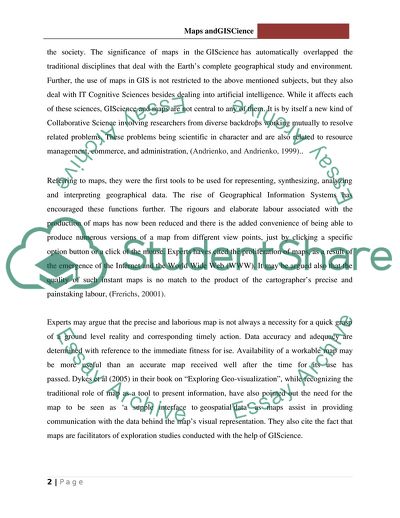Cite this document
(The Role of GIS and Maps Article Example | Topics and Well Written Essays - 1750 words - 1, n.d.)
The Role of GIS and Maps Article Example | Topics and Well Written Essays - 1750 words - 1. https://studentshare.org/technology/1749431-cartography
The Role of GIS and Maps Article Example | Topics and Well Written Essays - 1750 words - 1. https://studentshare.org/technology/1749431-cartography
(The Role of GIS and Maps Article Example | Topics and Well Written Essays - 1750 Words - 1)
The Role of GIS and Maps Article Example | Topics and Well Written Essays - 1750 Words - 1. https://studentshare.org/technology/1749431-cartography.
The Role of GIS and Maps Article Example | Topics and Well Written Essays - 1750 Words - 1. https://studentshare.org/technology/1749431-cartography.
“The Role of GIS and Maps Article Example | Topics and Well Written Essays - 1750 Words - 1”. https://studentshare.org/technology/1749431-cartography.


